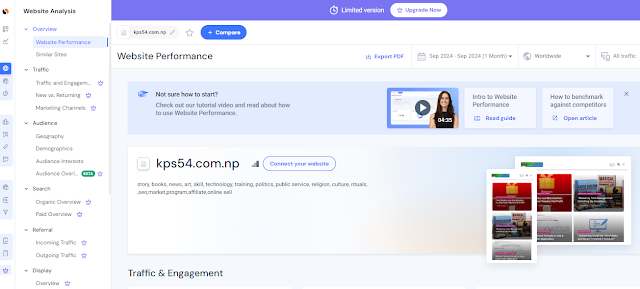- Home
- Biography
- _Present diary
- _Past diary
- _Future diary
- _SiteMap
- Mega Menu
- Services
- _Digital Marketing
- __Search Marketing
- __Social Media Marketing
- __Content Marketing
- __Email & SMS Marketing
- __Website & Branding
- __Analytics & Automation
- __Local & E-Com Marketing
- __App Store Optimization
- __ ORM
- __PR & Media Buying
- __Affiliate Marketing
- _Content Creation
- __Visual Content
- __Video Content
- __Written Content
- __Audio Content
- __Photography
- __Branding & Storytelling
- __Trend Content Creation
- __User Generated Content
- __Script Writing
- __AI + Copywriting
- _Content & Copywriting
- __Website Copywriting
- __SEO Content Writing
- __Social Media Copywriting
- __Brand & Creative Copy
- __Marketing & Cam Copy
- __Technical Writing
- __Nepali Writer
- _Email Marketing
- __Email Strategy & Planning
- __Email Design & Creation
- __Automation & Integration
- __Delivery & Performance
- _Research & Analysis
- __Market Research
- __Digi Presence Research
- __Brand & Cam Research
- __Product & Market Testing
- __Data Reporting & Insight
- Portfolio
My Projects Plan.
Popular Posts

Biography of Bhanubhakta Acharya।
Tuesday, December 07, 2021

Biography of Explorer Chakrapani Chalise and the Fugitives in His Life.#Chakrapani Chalise
Monday, December 06, 2021
Technology
3/Technology/post-list
Categories
Most Recent
3/recent/post-list
Random Posts
3/random/post-list
Most Popular

Biography of Bhanubhakta Acharya।
Tuesday, December 07, 2021

Biography of Explorer Chakrapani Chalise and the Fugitives in His Life.#Chakrapani Chalise
Monday, December 06, 2021














































































